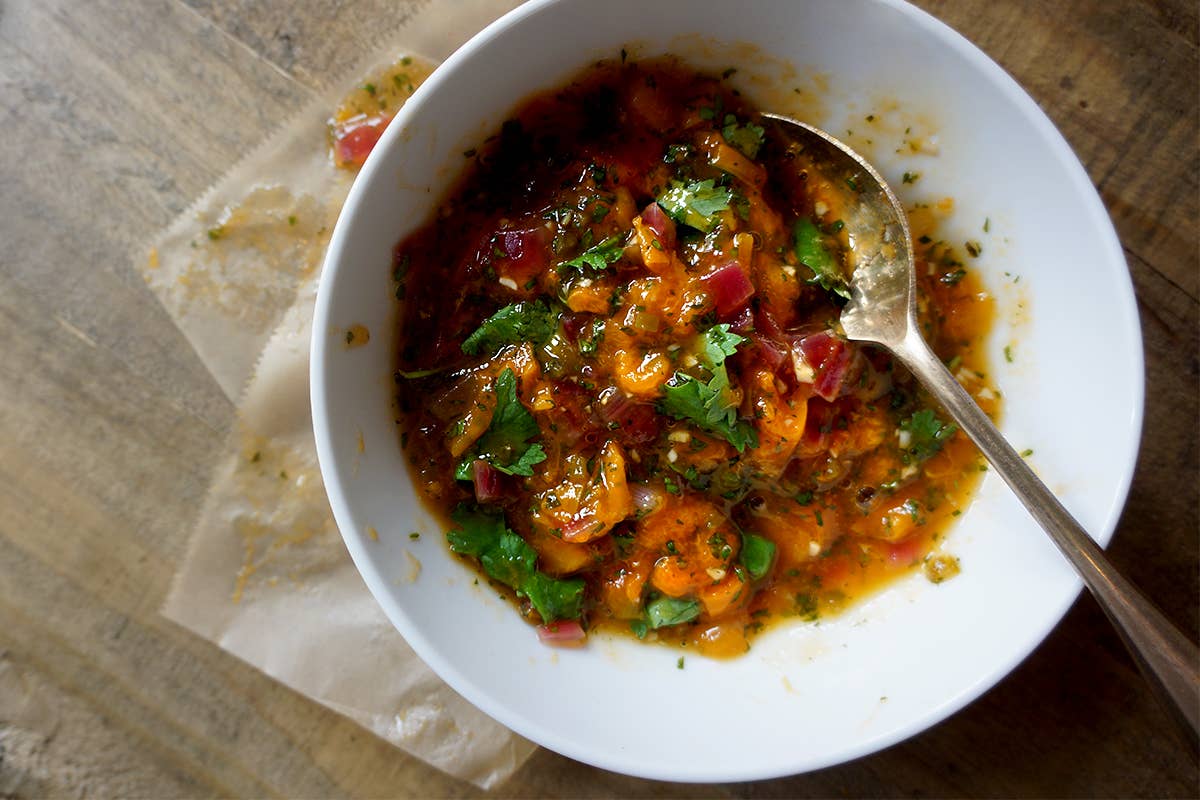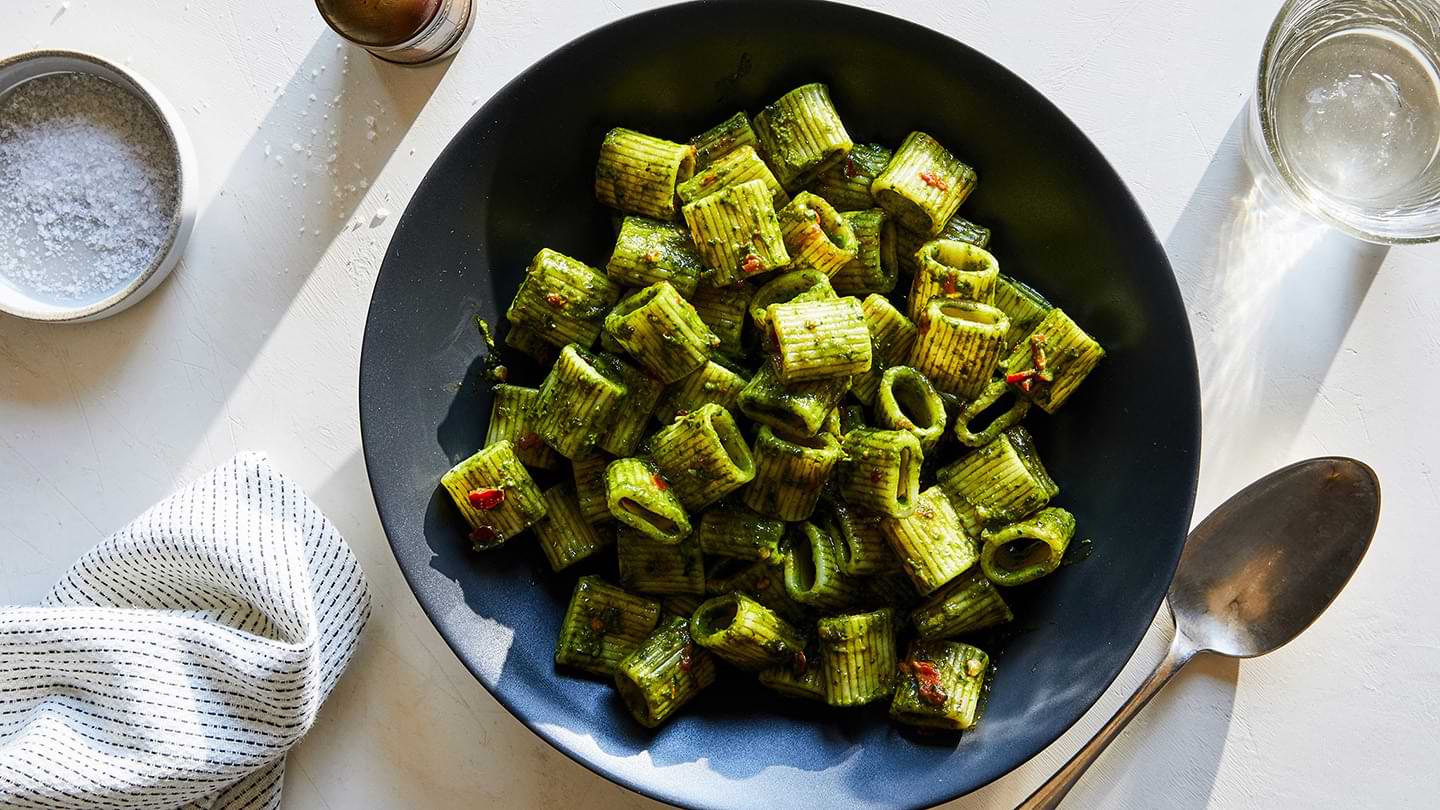
Recipes
The Smooth, Chunky, Sweet, and Spicy Salsas We Can’t Get Enough Of
Grilled Salsa
ADVERTISEMENTADAD
Salsa de Piña Picante
Pineapple’s firm texture and sweet-tart tang is perfect for salsa and an ideal foil for rich meats. Get the recipe for Salsa de Piña Picante »
Apricot Salsa with Mint
Apricots’ ripe acidity lend themselves well to this cooked fruit salsa, simultaneously tangy and sweet. This recipe ran with Karen Solomon’s web exclusive story Preserve the Season: Apricot Salsa. Get the recipe for Apricot Salsa with Mint »
Keep Reading
Continue to Next Story
ADVERTISEMENTADAD










